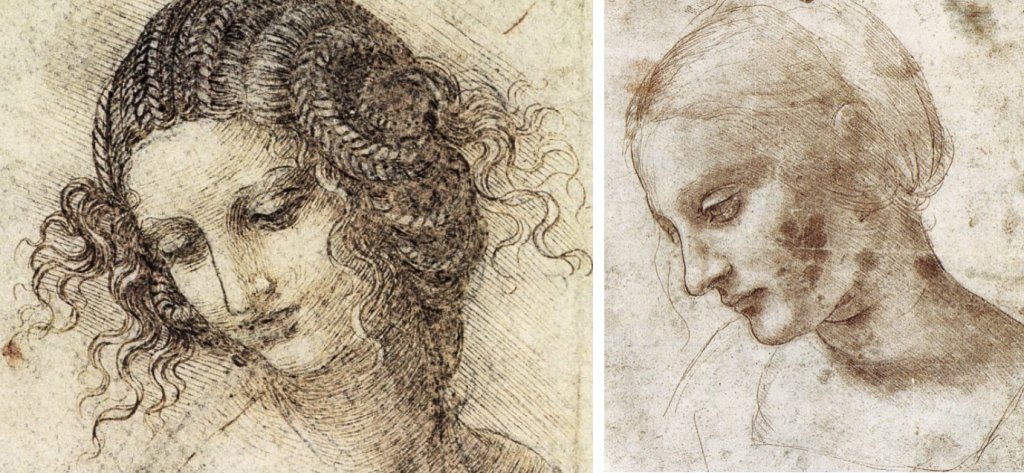Osborne Reynolds grew up on the eastern side of England, in the town of Debach, situated between the more notable cities of Ipswich and Norwich (Jackson, Derek, Launder). Both Leonardo da Vinci and Obsorne Reynolds grew up with fathers that were notable intellectual figures who looked to instill similar principles in their sons. da Vinci’s father was a prominent notary, who had Leonardo apprentice under Andrea del Verrochio, a leading Renaissance artist (Da Vinci). Reynold’s father, a respected reverend and Fellow of Queens’ College, taught Osborne Reynolds personally, but then similarly had Reynolds enter an apprenticeship in mechanical engineering. However, while da Vinci’s education stopped at the apprenticeship, Osborne Reynolds’ was just beginning, as subsequently attended the University of Cambridge for a degree in mathematics and then held a Fellowship at Queens’ College. While da Vinci’s understanding of fluid mechanics derived from personal...
moreda Vinci and the Renaissance 2020 Dashboard
Description
 Da Vinci and the Renaissance is a fully cross-disciplinary study-abroad program that explores the transition from the medieval period to the Renaissance across multiple subjects (art, architecture, engineering, science and more), laying out how much of what we take for granted today about technology or about the human subject were implemented in this rich period, especially in Italy. Our focus will be that most famous “Renaissance man,” Leonardo da Vinci. The course’s interdisciplinary approach asks students to think about the constructed nature of the things we take for granted as “natural” (e.g., time, space, human subjectivity, meaning, sight, knowledge, and law), thus opening our eyes to the significance of cultural differences. We will also consider the many ways that we are now seeing a cultural, ontological, and epistemological shift that is as far-reaching as the one between the medieval period and the Renaissance
Da Vinci and the Renaissance is a fully cross-disciplinary study-abroad program that explores the transition from the medieval period to the Renaissance across multiple subjects (art, architecture, engineering, science and more), laying out how much of what we take for granted today about technology or about the human subject were implemented in this rich period, especially in Italy. Our focus will be that most famous “Renaissance man,” Leonardo da Vinci. The course’s interdisciplinary approach asks students to think about the constructed nature of the things we take for granted as “natural” (e.g., time, space, human subjectivity, meaning, sight, knowledge, and law), thus opening our eyes to the significance of cultural differences. We will also consider the many ways that we are now seeing a cultural, ontological, and epistemological shift that is as far-reaching as the one between the medieval period and the Renaissance
The 3 credits will be split between 8 weeks of instruction at Purdue (1 credit) and our study-abroad program to Venice and Florence (2 credits). In Italy, we will see a number of things that we will have discussed before getting on a plane together. We will also think about the nature of confronting a different culture and of being a tourist in a foreign land.
Galleries, Timelines, and Maps
There is no content in this group.
Individual Entries
The original da Vinci documents that Del moto e misura dell’acqua was based on are not known, but in all likelihood, they followed a similar path of ownership that the Codex Atlanticus followed (da Vinci and Richter). It was said that even while Leonardo was alive, his “...talent was so highly esteemed that any product of his extraordinary intellect and powers of invention… was treasured…” (Farago “Overview” 73). As soon as he died, there were feverish attempts by collectors, scholars, and aristocrats alike to own his writings. Commonly, collections fell into the hands of the most powerful members of society, such as Cardinals and Lords. This was the case when Leonardo manuscripts fell into the possession of Count Galeazzo Maria Arconati in Dairago, Italy (Farago “Overview” 82).
On paper, it might not seem logical for someone in a small northern...
morePinin Brambilla Barcilon was born in Monza, Italy, and as a young girl, she was heavily involved in the art world. She worked under Gio Ponti as a young girl and eventually became an architecture student who was introduced to restoration by her mentor Piero Portaluppi. Barcilon aided in the restoration of other popular works by Lambert Lombard, and then in the 1970s, Superintendent for Artistic and Historical Heritage in Milan hired her to work on the famous Last Supper by Leonardo da Vinci (Barcilon).
Source: Barcilon, Pinin Brambilla, et al. Leonardo: The Last Supper. University of Chicago Press, 2001.
In 1482 Leonardo da Vinci traveled from Florence to Milan, where he came under the patronage of the Duke of Milan, Ludovico Sforza. Shortly after the Duke's rise to power, da Vinci was commissioned to create an equestrian statue that would honor Sforza's late father. The new leader also working to reestablish the church of Santa Maria delle Grazie, hiring Donato Bramante to "update" the church, while da Vinci would paint a depiction of The Last Supper on the wall of the refectory (Grieve).
Source: Grieve, Amanda. (2018). "The Scientific Narrative of Leonardo's Last Supper." Best Integrated Writing, vol. 5.
